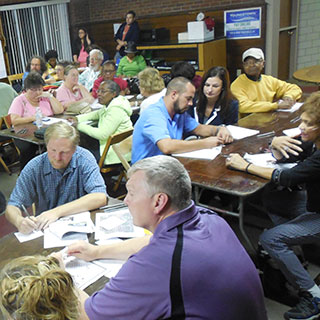No roosters crow at the break of dawn here. No sounds of livestock in the distance. And, you’ll not find Katie and Tom Phibbs’ lettuce farm nestled among rolling pastures and country roads that stretch for miles.
Instead you can find the Phibbses’ farm at the bottom of a narrow stairwell that leads to the basement of 907 Elm St. in Youngstown.
“We grow all of it indoors now,” says Katie Phibbs. She and her husband own The Lettuce People, the first underground farm of its kind in the country. The two moved the farm to the Lake-to-River Food Cooperative’s building on Elm Street about three months ago, and today are part of a larger movement that is gaining momentum across the Mahoning Valley.
Cattle, dairy and produce farmers – including urban growers who have staked out patches of land across the region – find themselves participants in a local-food movement that specialists say is essential to the economic well-being and physical health of the community.
Together, these farmers are urging consumers, businesses and institutions to consider local sources when they shop for their produce, dairy products and meat. While the most common outlets for these products are the farmers’ markets in northeastern Ohio, the development of “food hubs” in the region has created systems intended to improve the public’s access to fresh, locally grown products.
The Lettuce People is just one link in this larger food chain that today combines innovation, technology, business and science into what could be an important factor in public health and the local economy.
In fact, The Lettuce People might be among just a few in the world who grow produce underground, Phibbs suggests. “In Germany, they’ve taken an old bomb shelter and are growing there,” she says. “I think they’re the only ones besides us who are growing underground.”
Phibbs says that advances in light-emitting diode, or LED, technology have enabled the couple to perfect a hydroponic growing system capable of growing lettuce indoors year-round. Through this system, The Lettuce People can grow 10 times as much lettuce in a four-by-four-foot area than outside.
“Actually, if we compare what we do here with LEDs, we use less energy than most greenhouses,” she reports. The hydroponic system uses nutrients and water – not soil – to grow lettuce, and feeds the plants through a collection of PVC pipes and pumps. LED technology has lowered energy costs considerably, while the operation consumes far less water than a comparable crop farmed outside.
“We use 90% less water because we recapture and recycle it,” she relates. “In all, it takes about six weeks to grow a head of lettuce. We plant about 300 a week. We can harvest and deliver the same day.”
Her husband, Tom, a former corporate salesman for Turning Technologies who is now the manager of Common Wealth Inc.’s kitchen incubator in the same building, says he and his wife have worked with hydroponics some three years. The couple had a farm in Kinsman – the Happy Tomato – but an overly wet growing season wiped out the thousands of plants they planted the first year.
“We found out that lettuce was a moneymaker,” Tom says. “We wanted to focus on something we can make money on and focus on growing indoors because of the wet season.”
Selling the product is another matter, Tom says. Still, the couple has sold their lettuce to several local vendors who are buying as much as they can. “Everything we grow, we sell,” he says.
Among The Lettuce People’s customers are restaurants such as the Magic Tree Pub & Eatery in Boardman and Suzie’s Dogs and Drafts in downtown Youngstown. Catullo Prime Meats in Boardman also uses the couple’s lettuce in its shop.
“I buy them out of their product,” says Danny Catullo, owner of Catullo Prime Meats. “The lettuce is so good. And it’s not weather-dependent.”
Catullo is among a host of businessmen who are leading the charge to buy food from regional and local sources. “A lot of our beef is coming from local farms and we’re buying direct,” he says. “It’s better-tasting meat, more ethically raised animals, and you can put a face and a name to the product.”
Establishing food hubs capable of distributing livestock raised locally and produce grown nearby is nothing new to the industry, Catullo relates. “It’s finally starting to become popular here,” he says.
Areas on the West and East coasts boast some of the most highly concentrated farm-to-consumer sales in the country. What northeastern Ohio lacks is a proper network of middlemen who can act as wholesalers to restaurants, institutions and consumers throughout the entire region, Catullo relates. “It’s great that we’re starting to do it, but we’re seeing obstacles as well.”
That’s where initiatives such as the Lake-to-River Food Cooperative come in, says Jim Converse, regional development director of Common Wealth Inc., which operates the kitchen incubator on Elm Street and is instrumental in Lake-to-River and its marketing arm, 30 Mile Meal.
The Lake-to-River Co-Op is putting the final touches on an online ordering system that can connect institutions, businesses and the general public with a network of locally grown food products, Converse reports.
“We haven’t had as big a buy-in from the restaurants as we want,” he acknowledges. “We want to get this into schools, restaurants, institutions and hospitals.”
Larger local operations such as General Motors Co.’s Lordstown plant and Roth Bros. Inc. have come on board as part of their employee wellness programs, Converse says. “We’re trying to get more industries signed up.”
The Lake-to-River Food Co-Op acts as a regional food hub that serves as a conduit to connect local farmers and growers and the public. In September, the 30 Mile Meal program was awarded $100,000 from the U.S. Department of Agriculture’s Local Food Marketing Program, while Lake-to-River was issued $99,350 through the USDA’s Farmers Market Grant Program.
“It will give us the ability to expand and sell more to schools,” Converse says. A new canning line is planned for the kitchen incubator so local producers can prepare and ship their products to market faster, he notes.
According to NEOfoodWeb.org, a 10% shift toward local food purchases in the 16 county-region of northeastern Ohio could generate 8,000 new jobs. A 25% shift would spur the addition of 27,664 jobs for the region.
It’s these numbers that are attracting the attention of the federal government. Aside from the two grants awarded to 30 Mile Meal and Lake-to-River, the U.S. Department of Agriculture awarded $96,733 in September to the Trumbull Neighborhood Partnership through the Farmers Market Promotional grant program. And the agency issued another $97,186 to Grow Youngstown, an organization dedicated to increasing the public’s access to locally grown food online.
The grants were part of a $57 million federal effort to help promote local food production and consumption.
The importance of the local-food movement is the subject of a new book written by U.S. Rep. Tim Ryan, D-13 Ohio. The book, The Real Food Revolution: Healthy Eating, Green Groceries and the Return of the American Family Farm, examines the relationship between what the congressman sees as a misguided food policy and the overall bad health of the American public. Turning to sources of local food and access to more healthful foods – especially for those in inner cities often described as “food deserts” – is the most logical solution to a problem that has beset the lifestyles of Americans for decades, Ryan writes.
Direct sales from farms to consumers are a very small component of the national food industry, according to statistics compiled by the Department of Agriculture. As of 2007, just 5.5% of farms across the country engaged in direct-to-consumer food sales, representing 0.3% of all farm sales. However, sales of local food grew rapidly between 1992 and 2007, data show. In 1992, total direct-to-consumer sales totaled $404 million. In 2007, that number ballooned to $1.2 billion at a percentage rate twice as fast as total agricultural sales.
The number of farmers markets is also on the rise, Agriculture says. In 1994, there were just 1,755 farmers’ markets listings in directories across the country. In 2013, there were 8,144.
According to the Department of Agriculture survey, many of these markets have found it profitable to set up shop in urban settings rather than the traditional roadside markets in the countryside. Some 65.7% of markets it surveyed were in urban counties, a 10.4% increase from 2005.
In northeastern Ohio, urban centers are fast becoming a focal point for local farmers. Community gardens today grow where blighted structures once stood on Youngstown’s north side, for example, while other areas of the city welcome urban farms as a means to repurpose vacant land.
“It’s the easiest form of economic development,” says Alex Lipinsky, who is developing Flannel Farms at the Oak Hill Collaborative on the lower south side of Youngstown.
The biggest hurdle to growing at the site is that the soil isn’t very fertile. “Right now, I’m composting and building up the soil to get the ball rolling,” Lipinsky says. He wants to plant greens, herbs and perishables at the farm and then sell them to local restaurants.
“You can grow a better product, pick and deliver it that day, and serve it that night for dinner,” he says.
This summer, the Iron Roots Farm launched its first farmers market on Youngstown’s south side, says Liberty Merrill, land reuse director at the Youngstown Neighborhood Development Corp., which operates Iron Roots.
An important mission for Iron Roots is that it that expands access to fresh fruits and vegetables to the lower-income residents of Youngstown, Merrill says. A consumer with an Ohio Direction card can purchase twice as much through the farmers’ market. “It reaches lower-income people, helps producers and supports our new growers,” she says.
Iron Roots’ farm market set up shop in the Idora neighborhood this summer and featured between eight and 10 vendors, Merrill reports. The market is open Tuesday evenings through Oct. 31.
“We have a wood-fire pizza oven, some bakers and produce growers,” she reports. “It was a rough season for tomatoes, but peppers did well.” The organization works closely with area restaurants – Magic Tree and Suzie’s, mostly – to gauge the types of greens they use in their menus and then accommodate demand.
Last summer, the organization grew more than it sold, and the surplus was donated to the Rescue Mission of the Mahoning Valley. “The market is still pretty new in Youngstown,” Merrell says. “I’m hopeful that the local food markets get into more of the restaurants.”
To read the full story from the BUsiness Journal, click here.
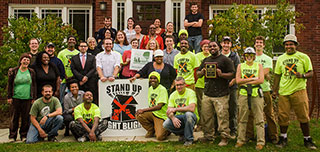 ,
, 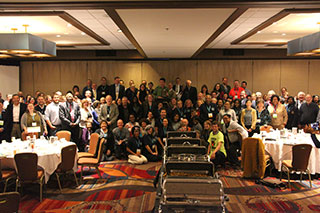
 ,
, 
 ,
, 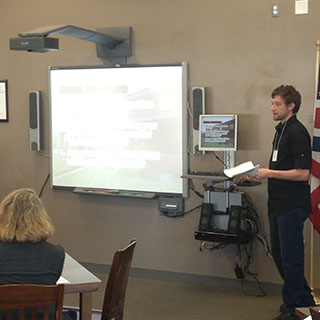
 ,
, 
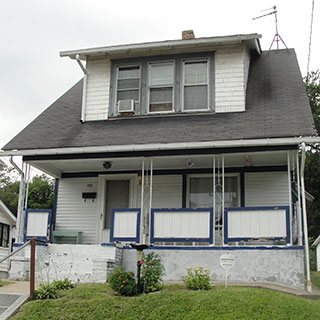 ,
, 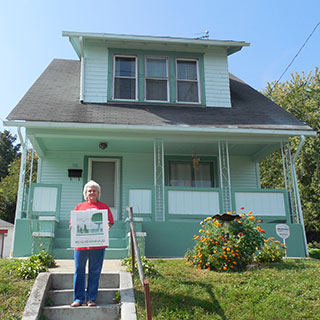 ,
, 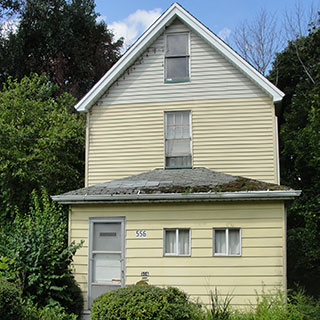 ,
, 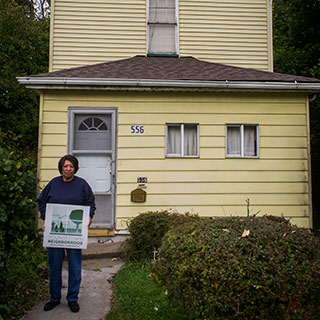 ,
, 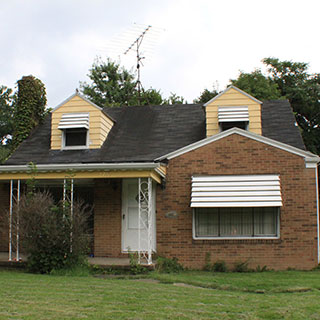 ,
, 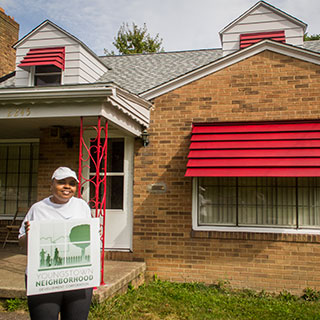
 ,
,  ,
,  ,
,  ,
,  ,
, 
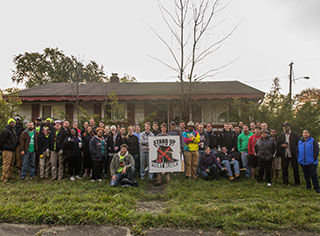 ,
, 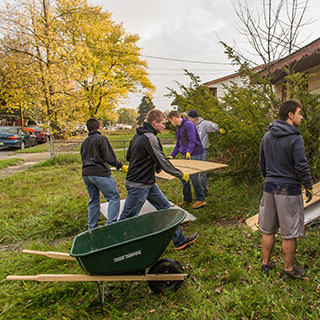 ,
, 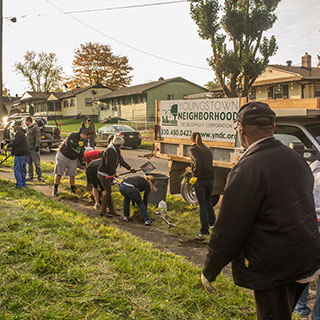 ,
, 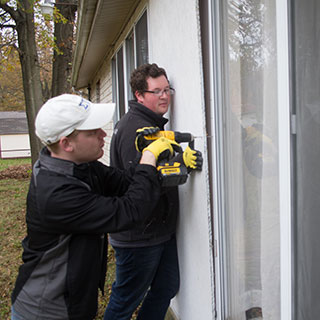 ,
, 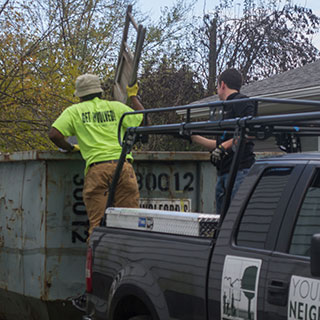
 ,
,  ,
,  ,
,  ,
, 

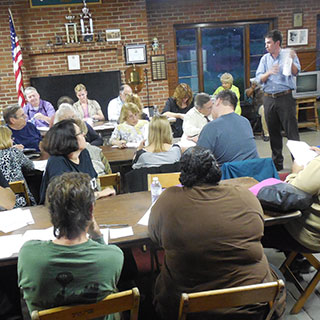 ,
, 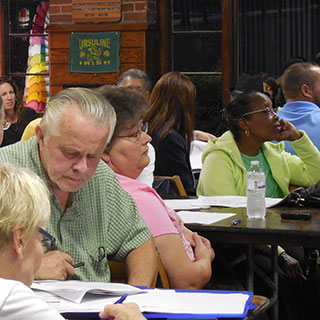 ,
, 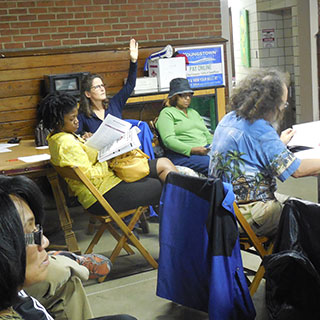 ,
, 